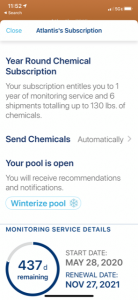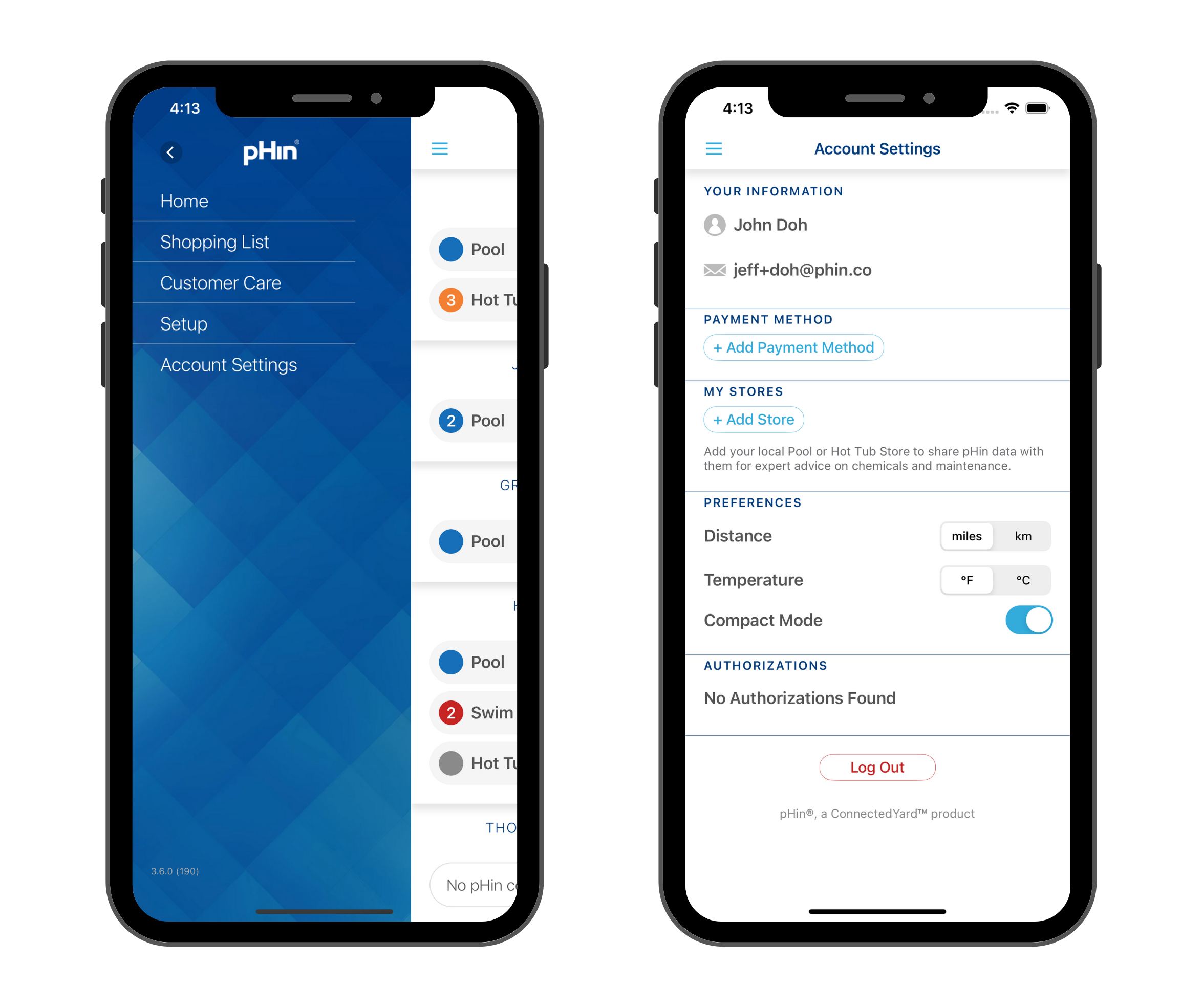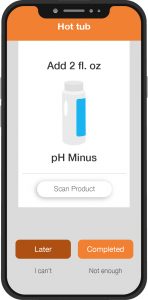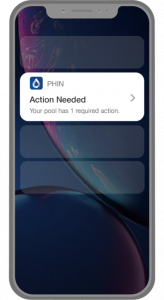
Exercise and relaxation can lift your spirits during the long winter months. Hydrotherapy is a centuries-old method used to improve mental and physical well-being — the CDC reports that water exercise is beneficial for people with chronic conditions such as arthritis as well as for mood and mental health.
But, getting out to the gym or to the spa can be a struggle to schedule. Recently, there have been many closures and changes due to the pandemic, or those icy cold mornings can make it hard to get out in the morning. This year, skip the gym membership and create your own at-home workout and spa space with a swim spa or hot tub. A hot tub or swim spa can upgrade your backyard or finished basement space, to make relaxing and exercising easy for the whole family. Here are tips for creating your own home gym and spa:
Select Your Vessel
Is a hot tub or swim spa better suited to your wellness needs? A hot tub is optimal for hydrotherapy, with high temperatures and jets that can help with stress relief and muscle relaxation. You can also do light workouts in the hot tub, but if exercise is your goal, a swim spa may be the right choice. Swim spas are larger, allowing for more movement like lunges, rowing, aerobics, crunches, and even swimming laps.
You’ll need to consider the location, maintenance plan, and budget before making your choice and building your space. Read here for more information about hot tubs and swim spas, and how to decide what’s right for you.
Build A Workout Plan
If you’re not already into water aerobics or swimming laps at your local pool, find which exercises are right for you to meet your goals. For your home gym or spa time, set a schedule for your workouts so you can prepare the hot tub or swim spa, like heating up the hot tub in the morning for exercise and again in the evening for a soak. Picking days and times will help keep you on track and on schedule, to get the most physical and mental benefit.
Create Ambiance
Create a calming space for your at-home spa days. Set up lighting around your hot tub or swim spa, you can add outdoor lights or maybe colored lighting inside the vessel. Add scented candles in the room – away from the hot tub – or an essential oil diffuser. Make sure to find a space to store the equipment you need, such as noodles or weights for swim spa workouts and towels and a hamper nearby.
Keep the It Clean and Ready for Anything
Hot tub water and sweat from swimming laps in a swim spa can make cleaning and maintenance a challenge. The chemicals need to be balanced regularly to prevent bacteria that can cause hot tub rash. Technology can make managing a home gym or spa easy: The pHin Smart Water Monitor helps you keep water in balance by taking measurements, sending alerts, and guiding you through custom chemical dosing instructions.
Learn more about pHin at phin.co.
The post Conquer the Winter Blues with Hydrotherapy At Home appeared first on pHin.













